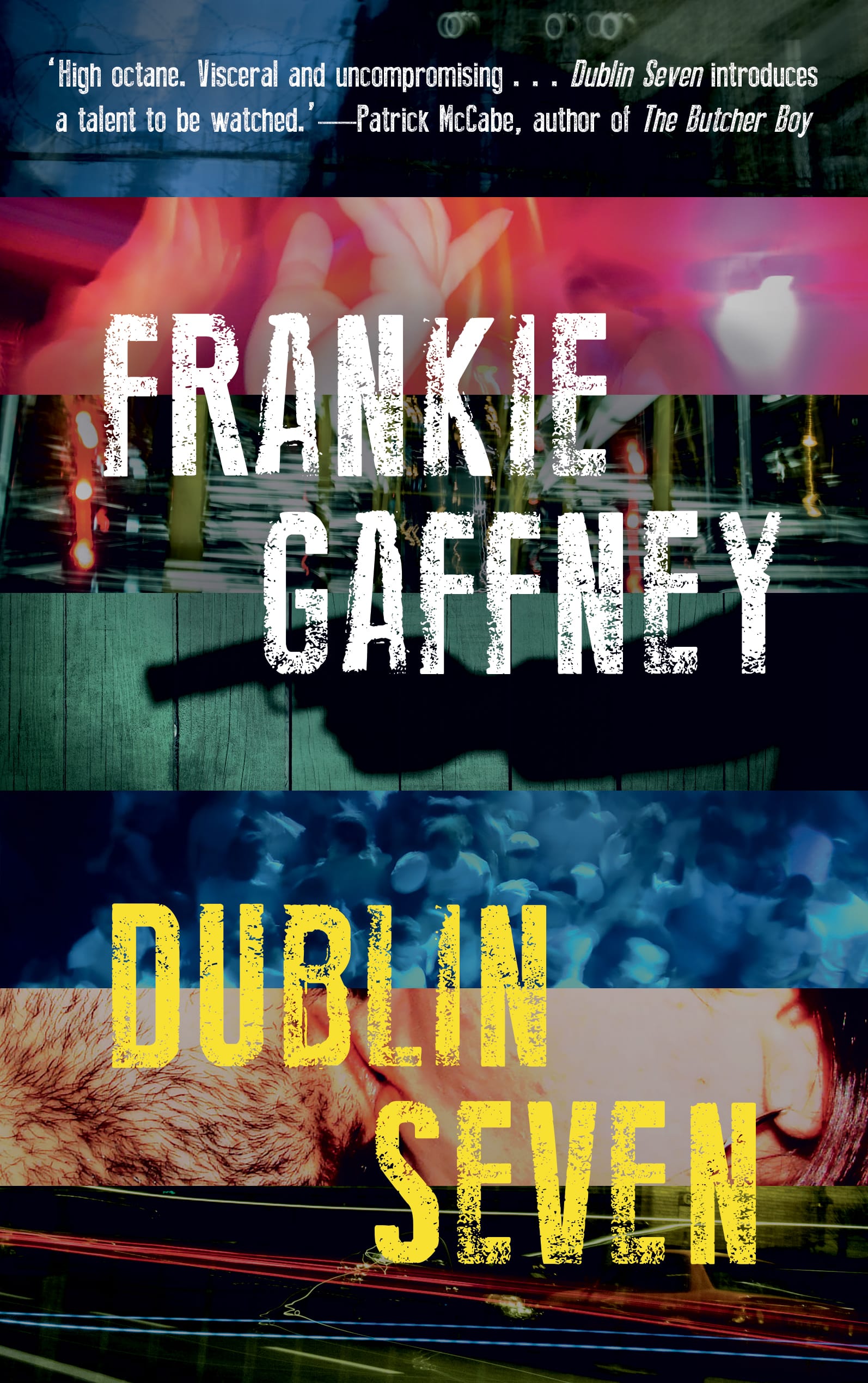What’s the best way to tell area residents about plans for a new asylum shelter nearby?
The government should tell communities directly about plans for new asylum shelters, some activists and politicians say.
Gaffney’s uncompromisingly accurate depiction of Dublin’s underbelly in the noughties adds greatly to the story, but there is no nostalgia here, only an attempt to capture its dirty, dark charisma.

Frankie Gaffney’s debut novel about the drug scene in Dublin reads like one long, crazy high.
It focuses on the rise and fall of Shane Laochra, an up-and-coming Dublin cocaine dealer with a surname that no one can pronounce. Shane’s journey towards becoming a man “known to Gardaí” mimics the effects of the coke he sells: initial glitz and glamour eventually gives way to paranoia and cynicism.

While the novel has a predictable arc, the plot moves along organically, and the characters are, for the most part, well fleshed out.
Gaffney’s uncompromisingly accurate depiction of Dublin’s underbelly in the noughties adds greatly to the story, and the backdrop that Shane deals against is explored throughout the tale. But there is no nostalgia here, only an attempt to capture its dirty, dark charisma.
Much like the novel’s Dublin, Shane, despite all his flaws, is a likeable character. A teenager fresh out of secondary school with a “dire” Leaving Cert, Shane spends his summer binge drinking and taking ecstasy with friends. During one of these sessions he meets Griffo, an older man who Shane pegs straight away as a gangster. “He had the image. Flash car, designer clothes, muscles, tan.”
It’s from Griffo that Shane begins to buy cocaine, and during the course of the novel he acts as Shane’s mentor, advising him on what equipment to buy, how to handle customers and the ever-increasing precautions needed when using mobile phones in the digital age.
Given the illicit nature of the drug business, and the distrustful dispositions of those who deal, this relationship of mentor and mentee could feel strange. But Griffo’s cold-then-hot personality makes it convincing. Shane and Griffo’s changing relationship is one of the highlights of Dublin Seven, as Shane becomes more cynical, and Griffo more paranoid.
Shane’s relationships with his family members are less developed and are, as a result, more one-dimensional. His mother loves and supports him through his binges and turns a blind eye to his dealing, so long as he is happy. His father is anti-drugs and has a fractious relationship with him. His sister, the straight-edge child, does her best to set Shane on the right path.
These characters all serve their purposes, but the only character who is really developed during the novel is Shane. His overwhelming sense of inferiority, his growing awareness of the drug scene and his musings on death and bereavement – there are several deeper themes explored here, but they’re not worth much if you don’t connect to Shane throughout the novel.
Even his main romantic interest, Elizabeth, is barely fleshed out, with a lot of questions about her remaining unanswered. Romance is one of the novel’s weak points. The plentiful sex scenes, while effective in the early chapters, become repetitive and gratuitous.
This is highlighted by the brilliantly sparse violence. A growing sense of dread and tension envelops the plot, and the handful of scenes where there is an actual release are brutally effective as a result. To wit: a bathroom scene involving Shane and a gangster called Robbie Boyle.
By contrast, the vast amount of sex leaves no sense of achievement or significance, and no amount of creativity in the bedroom, or bathroom, or hallway makes up for that. Further devaluing the steamy scenes are the few genuinely tender moments Shane and Elizabeth share, which add to their relationship. The emotional authenticity Gaffney creates at times is impressive, if one can sift through the constant wild love-making.
Despite these flaws, Dublin Seven is, overall, an extremely strong debut. Any minor gripes are overlooked as the reader flies through the increasingly blurry and chaotic novel.
The book succeeds in capturing the fast-paced, paranoid life of luxury that is being a drug dealer. Its main character is both sympathetic and believable, with a cast of secondary characters who support his descent into madness. The plot –while predictable at times – is enjoyable, and the setting is wonderfully realised. The coarse humour and dark scenarios that make up Shane’s world are balanced with moments of genuine reflection and pathos.
More than anything else, Gaffney has succeeded in capturing the drug-fuelled underbelly of Dublin.
Editor’s note: the managing editor of Dublin Inquirer is married to the managing editor of Liberties Press, the publisher of this book.
Dublin Seven by Frankie Gaffney (Liberties Press: October 2015)